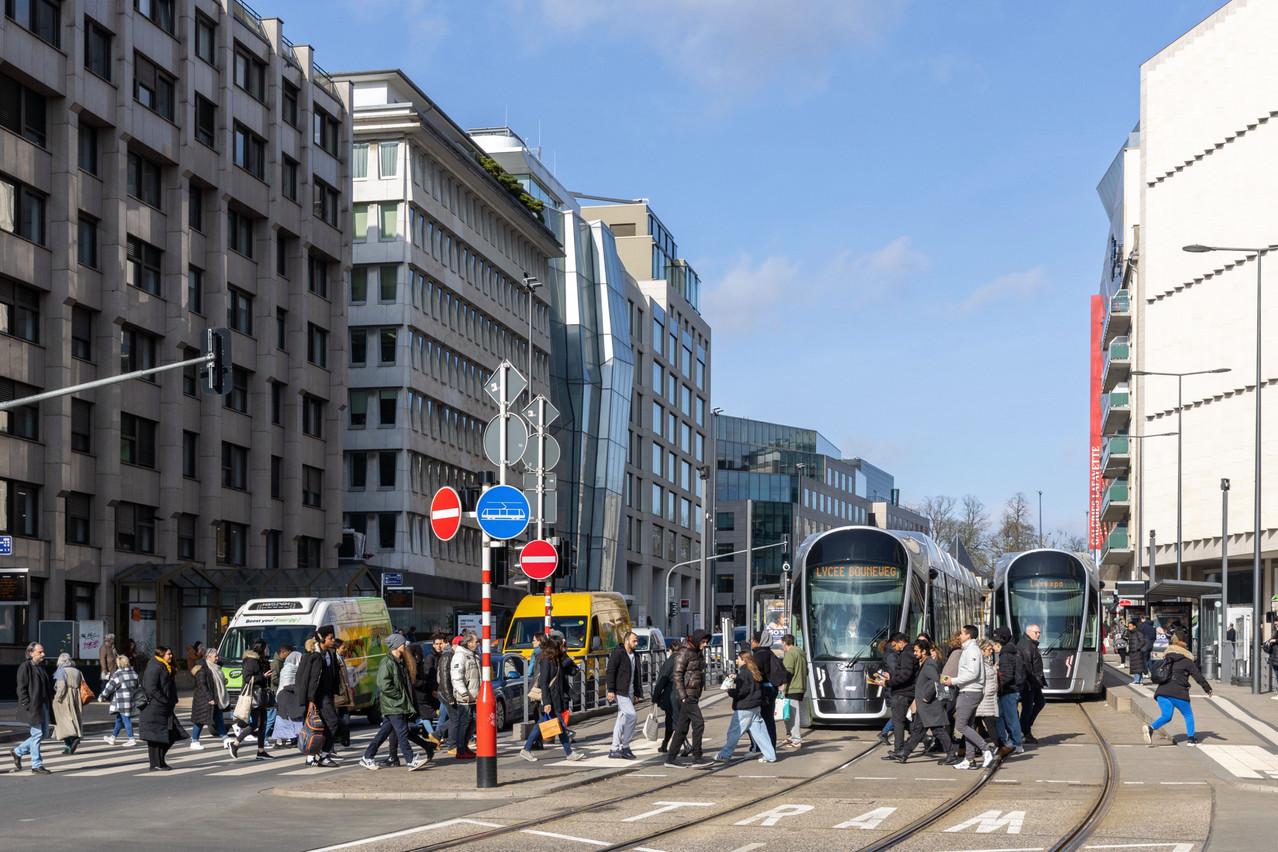On Tuesday 13 June, Statec that more than one in five households had difficulty making ends meet in 2022, according to the results of its survey on household incomes and living conditions in Luxembourg. The survey was conducted as part of the European framework of statistics on income and living conditions.
Difficulty in making ends meet
Households with dependent children experienced the most significant financial distress, with 35.5% of single-parent households struggled to make ends meet.
Among couples with children, 25.1% of those with one child, 24.3% of those with two children, and over 30% of those with more than two dependent children faced similar challenges.
On the other hand, among households without dependent children, 22.8% of adults living alone encountered financial difficulties, while couples without children seem to be the least affected.
Unexpected expenses
In 2022, a notable 19% of households reported their inability to handle an unforeseen expense of €1,900 using their own resources.
This percentage rose to 65% among households experiencing financial difficulties, while it remained at a mere 7% for those without any financial struggles.
Moreover, households facing financial challenges were notably more affected by issues such as overdue rent payments (7.7% compared to 2.1% for the entire population) and unpaid utility bills (13.4% compared to 3.7% for the entire population).
Additionally, nearly one-third of these households considered the financial burden associated with obtaining loans or credit to be highly significant, compared to 17.5% for the entire population.
Material deprivation
There is a significant correlation between a household’s ability to meet its basic needs and the risk of material deprivation. Material deprivation refers to the inability of a household to afford goods, services or participate in certain activities due to financial constraints.
It excludes situations where other factors, such as health issues or lack of interest, hinder the household.
In 2022, more than half (51.8%) of the households struggling to make ends meet lacked the financial resources to replace worn-out furniture, over a third (34.1%) could not afford a week-long vacation away from home, and more than 10% of them were unable to have a meal with meat, fish (or vegetarian equivalent) every two days.
Poverty risks
Household disposable income--the amount that remains after social contributions and income tax payments--when divided by the number of people in the household, can be attributed as an estimation of the living standards.
In 2021, the average monthly standard of living was €4,162 per person, which translates to 17.3% of residents’ standard of living being below the “poverty risk threshold”.
Furthermore, the S80/S20 interquartile ratio in 2021 was 4.7, highlighting significant inequalities within the population. This ratio indicates that the average income of the top 20% of households was 4.7 times higher than that of the bottom 20% of households, emphasising the persistence of substantial disparities.
The Gini coefficient, a widely used indicator to gauge inequality levels in a population, remained unchanged compared to the previous year.
A further in-depth analyses is scheduled to be published in October in the context of the annual report “Work and Social Cohesion”.
